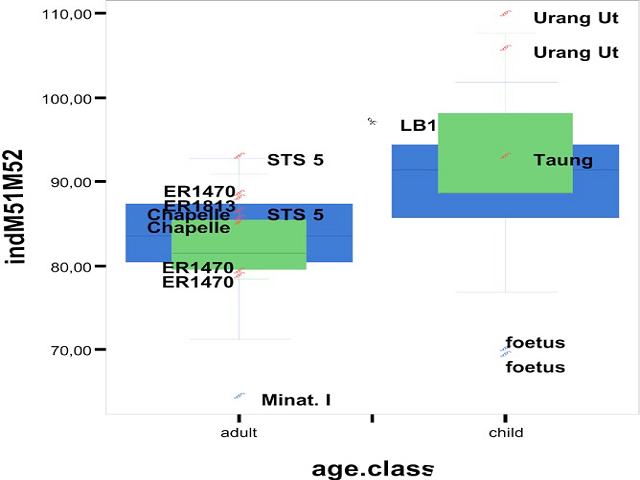Homo floresiensisas an Island form
Keywords:
Anthropology, Flores, Homo floresiensis, IndonesiaAbstract
Homo floresiensis is a small bodied hominin from the Indonesian island Flores. The type specimen, LB1, is believed to be a female of approximately 1 m or a bit more than 3 feet in length with a cranial capacity of around 400 cc. There is still no agreement on the cause of the small stature and small cranial capacity of LB1 and the associated individuals. Homo floresiensis displays several island adaptations, which also have been observed among the members of other typical island faunas, indicating that Homo floresiensis might very well have been an endemic island form. Homo floresiensis has morphology similar to that of a Homo erectus juvenile, since it has a high orbital, dental and brachial index, low humeral torsion, low tibial torsion and a high gonial angle. Additionally Homo floresiensis has shortened lower limbs. The features displayed by Homo floresiensis give an indication of the manner of dwarfing by paedomorphosis, which was by truncating growth through increase in the rate of skeletal ossification, possibly caused by hormonal changes.





